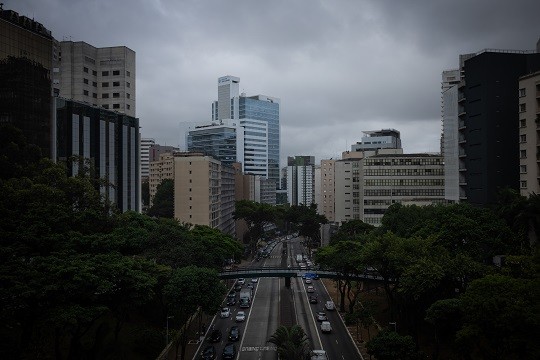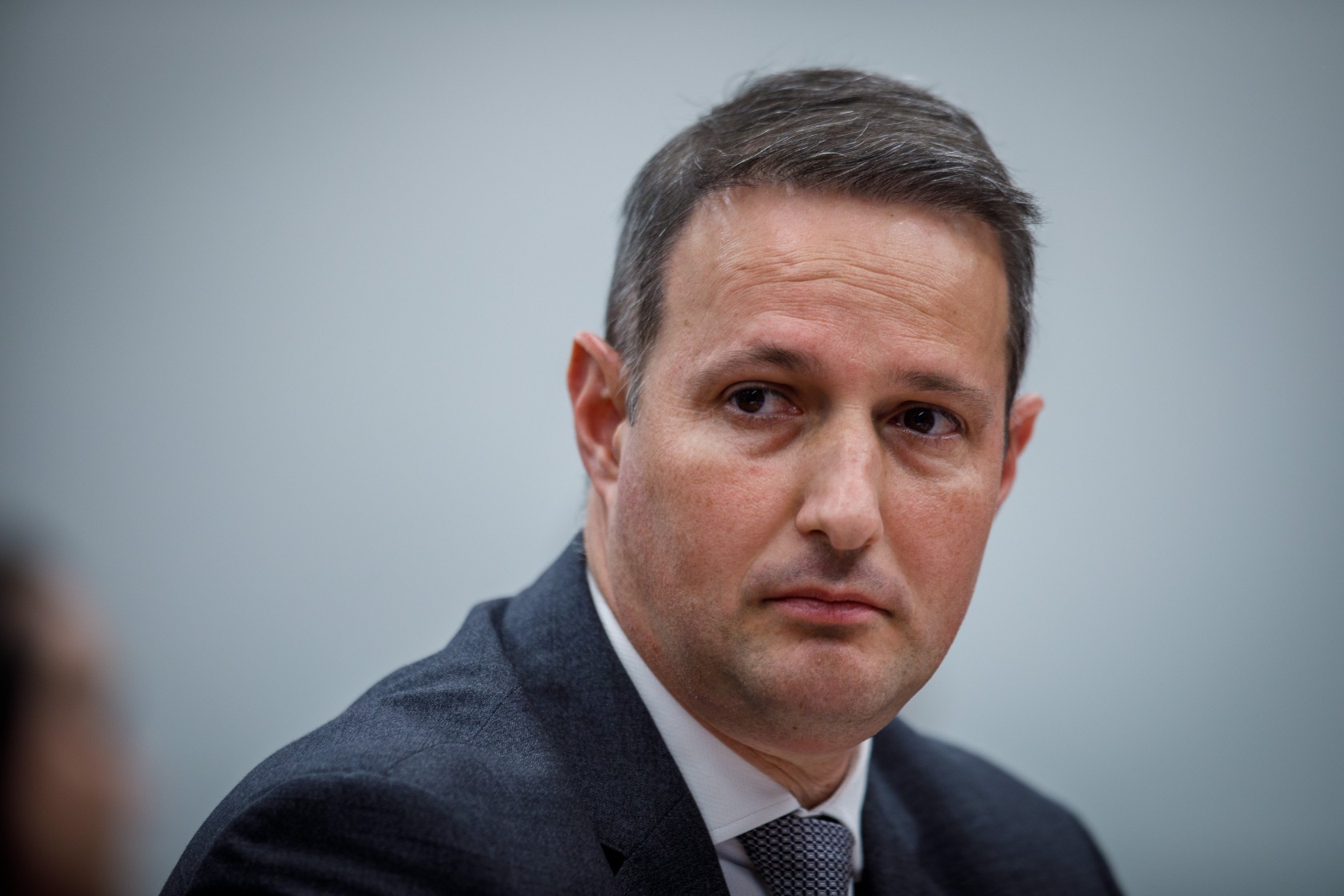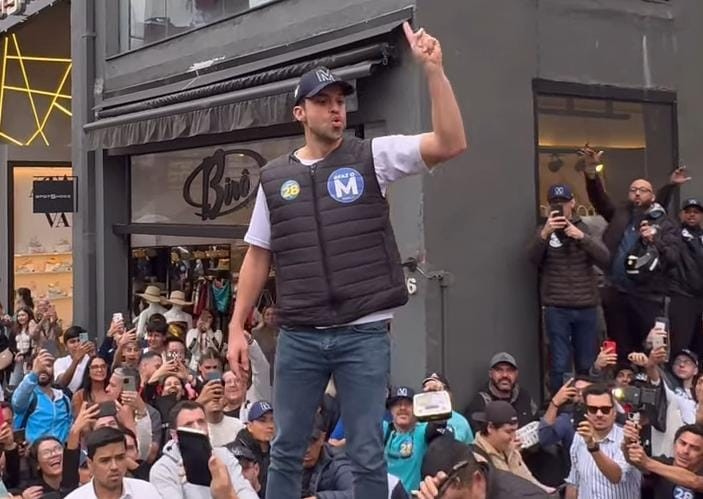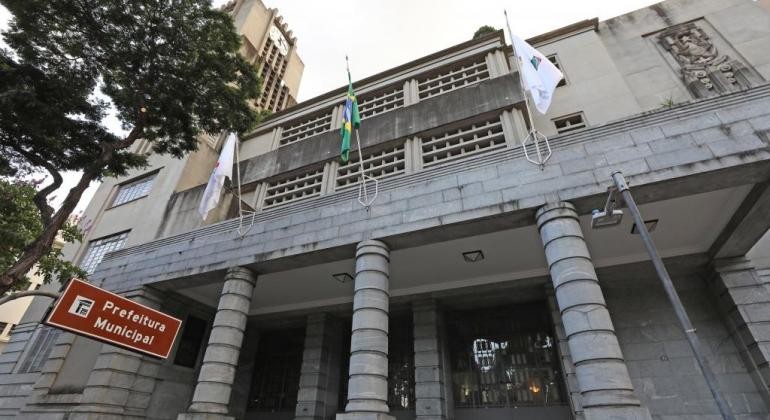G20 Legacy: yhe Museum of Modern Art to reopen to the public on December 1st with exhibition and guided tours
The museum and Its surroundings have been revitalized. Premiere of an unprecedented exhibition was held for diplomats and heads of government and state Transforming from the venue of the G20 summit to a lasting legacy, the Museum of Modern Art (MAM), designed by architect Affonso Eduardo Reidy and refurbished for the international meeting, is set to reopen to the public. Starting December 1, visitors to the newly renovated space can view the groundbreaking exhibition “A History of Brazilian Art,” originally assembled for the distinguished group of diplomats and heads of state attending the forum. Additionally, visitors will be invited to partake in guided tours of the restored gardens designed by Burle Marx and explore the architectural complex—which includes the Exhibition Block as well as the School Block, which has been closed since the 1970s and has now been restored. G20: Key points from the summit's final declaration Photos: Lula smiles with all leaders except Milei — Alongside the exhibit's opening, we aim to offer an entirely new experience of navigating the MAM. With guided tours, we'll present the museum's internationally recognized architectural and landscape complex and highlight its significance — explains MAM Rio's Executive Director Yole Mendonça. — The essence of a museum visit is its transformative power that encourages a return. We want our visitors to become regulars not just at MAM, but at museums and cultural spaces in their varied expressions. MAM's future plans extend further. In January next year, the “Forms of Water” exhibition, focusing on sustainability, is set to open, Yole announces. The same month will also see the return of the Super Saturday at MAM project, sponsored by Petrobras, featuring musical and other artistic events. Art and education — MAM is known for its outdoor activities, which we aim to preserve. Locals enjoy visiting MAM on weekends for activities like skateboarding, dancing, and simply using the space as their own — says Yole. By 2025, a project in partnership with artists, universities, and cultural institutions will be developed to restore the School Block to its original function: hosting art and education activities. The space—first opened in 1958—is intended to host classes for teachers and students from both public and private schools, visitor experimentation activities, and courses focused on the creative economy. MAM was closed in May for renovations funded by the city government at a cost of R$32 million. The museum's facades, interiors, and elevators were upgraded. The exterior received new lighting and 70 additional cameras, while the section known as the Wave Garden (or Copacabana Gardens) was restored to its original 1958 design. — World leaders were impressed by the museum's beauty, the architectural project's quality, and its uniqueness. This is something that should make us, as Cariocas and Brazilians, very proud — states Yole. Between Monday and Tuesday this week, President Luiz Inácio Lula da Silva hosted heads of state and government at the museum, including Joe Biden (United States) and Xi Jinping (China). The Global Alliance Against Hunger and Poverty was launched there. To commemorate the gathering of the world's major economies, the MAM lobby now features a commemorative plaque. The “A History of Brazilian Art” exhibition, seen by G20 summit participants, features 65 paintings, sculptures, and photographs from the museum's collection, created from the 1920s to recent times, offering a journey through modern and contemporary Brazilian art history. — We aimed to showcase Brazil's diversity to global leaders. It's a portrayal of the country in various dimensions and formats, including photography — explains Yole. The exhibition now open to the public includes works by artists such as Adriana Varejão, Amilcar de Castro, Anita Malfatti, Anna Bella Geiger, Antonio Bandeira, Candido Portinari, Carlos Vergara, Cícero Dias, Cildo Meireles, Claudia Andujar, Di Cavalcanti, Djanira, Evandro Teixeira, Flávio de Carvalho, Heitor dos Prazeres, Ivan Serpa, Lygia Clark, Mestre Didi, Tarsila do Amaral, and Tunga. Sponsored by the city government, the exhibit runs until March. Parts of it are displayed in the Monumental Hall inside the Exhibition Block, while others are in the School Block, adjacent to the Cinematheque. With a collection of 16,000 works, MAM welcomed 63,000 visitors in 2023. Beyond increasing visitor numbers, the executive director aims to boost engagement: — I want the public to visit, return, and make MAM their favorite cultural destination. Yole acknowledges that the presence of homeless individuals and drug users in the vicinity of MAM can deter visitors. She hopes, however, that the revitalization and integration of cameras with the Segurança Presente program will enhance the area's safety. 'I never tire of this view,' Biden tells Paes about Rio; granddaughters 'enchanted' by Christ the Redeemer Traffic changes In preparation for
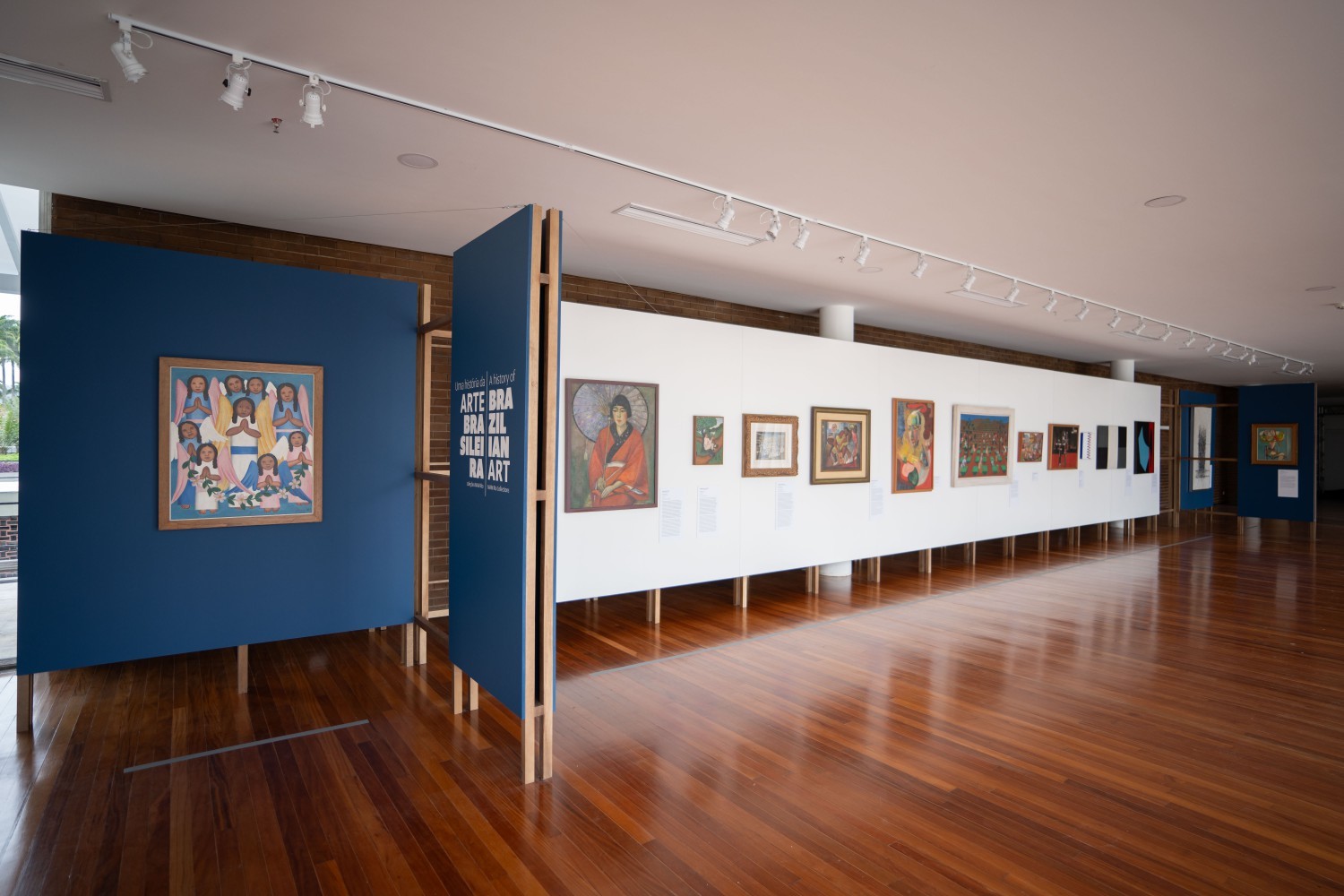

The museum and Its surroundings have been revitalized. Premiere of an unprecedented exhibition was held for diplomats and heads of government and state Transforming from the venue of the G20 summit to a lasting legacy, the Museum of Modern Art (MAM), designed by architect Affonso Eduardo Reidy and refurbished for the international meeting, is set to reopen to the public. Starting December 1, visitors to the newly renovated space can view the groundbreaking exhibition “A History of Brazilian Art,” originally assembled for the distinguished group of diplomats and heads of state attending the forum. Additionally, visitors will be invited to partake in guided tours of the restored gardens designed by Burle Marx and explore the architectural complex—which includes the Exhibition Block as well as the School Block, which has been closed since the 1970s and has now been restored. G20: Key points from the summit's final declaration Photos: Lula smiles with all leaders except Milei — Alongside the exhibit's opening, we aim to offer an entirely new experience of navigating the MAM. With guided tours, we'll present the museum's internationally recognized architectural and landscape complex and highlight its significance — explains MAM Rio's Executive Director Yole Mendonça. — The essence of a museum visit is its transformative power that encourages a return. We want our visitors to become regulars not just at MAM, but at museums and cultural spaces in their varied expressions. MAM's future plans extend further. In January next year, the “Forms of Water” exhibition, focusing on sustainability, is set to open, Yole announces. The same month will also see the return of the Super Saturday at MAM project, sponsored by Petrobras, featuring musical and other artistic events. Art and education — MAM is known for its outdoor activities, which we aim to preserve. Locals enjoy visiting MAM on weekends for activities like skateboarding, dancing, and simply using the space as their own — says Yole. By 2025, a project in partnership with artists, universities, and cultural institutions will be developed to restore the School Block to its original function: hosting art and education activities. The space—first opened in 1958—is intended to host classes for teachers and students from both public and private schools, visitor experimentation activities, and courses focused on the creative economy. MAM was closed in May for renovations funded by the city government at a cost of R$32 million. The museum's facades, interiors, and elevators were upgraded. The exterior received new lighting and 70 additional cameras, while the section known as the Wave Garden (or Copacabana Gardens) was restored to its original 1958 design. — World leaders were impressed by the museum's beauty, the architectural project's quality, and its uniqueness. This is something that should make us, as Cariocas and Brazilians, very proud — states Yole. Between Monday and Tuesday this week, President Luiz Inácio Lula da Silva hosted heads of state and government at the museum, including Joe Biden (United States) and Xi Jinping (China). The Global Alliance Against Hunger and Poverty was launched there. To commemorate the gathering of the world's major economies, the MAM lobby now features a commemorative plaque. The “A History of Brazilian Art” exhibition, seen by G20 summit participants, features 65 paintings, sculptures, and photographs from the museum's collection, created from the 1920s to recent times, offering a journey through modern and contemporary Brazilian art history. — We aimed to showcase Brazil's diversity to global leaders. It's a portrayal of the country in various dimensions and formats, including photography — explains Yole. The exhibition now open to the public includes works by artists such as Adriana Varejão, Amilcar de Castro, Anita Malfatti, Anna Bella Geiger, Antonio Bandeira, Candido Portinari, Carlos Vergara, Cícero Dias, Cildo Meireles, Claudia Andujar, Di Cavalcanti, Djanira, Evandro Teixeira, Flávio de Carvalho, Heitor dos Prazeres, Ivan Serpa, Lygia Clark, Mestre Didi, Tarsila do Amaral, and Tunga. Sponsored by the city government, the exhibit runs until March. Parts of it are displayed in the Monumental Hall inside the Exhibition Block, while others are in the School Block, adjacent to the Cinematheque. With a collection of 16,000 works, MAM welcomed 63,000 visitors in 2023. Beyond increasing visitor numbers, the executive director aims to boost engagement: — I want the public to visit, return, and make MAM their favorite cultural destination. Yole acknowledges that the presence of homeless individuals and drug users in the vicinity of MAM can deter visitors. She hopes, however, that the revitalization and integration of cameras with the Segurança Presente program will enhance the area's safety. 'I never tire of this view,' Biden tells Paes about Rio; granddaughters 'enchanted' by Christ the Redeemer Traffic changes In preparation for the G20, besides the museum's renovations, the surrounding area underwent a traffic reorganization plan. Jardel Jércolis Street, previously the main car access to the Vivo Rio concert hall and the museum itself, was partially converted into a pedestrian and cyclist area. Near Vivo Rio, a space once occupied by illegal parking spots, exploited by unauthorized attendants, was eliminated. The museum's parking lot, however, remains open. Before these changes, the last major reform of Flamengo Park, which will celebrate its 60th anniversary in 2025, took place in 1999, when MAM hosted another summit: the Latin America-European Union Summit. View images of the “A History of Brazilian Art” exhibition Young Wakatha individual: 1974 photo by Claudia Andujar Courtesy of the Gilberto Chateaubriand Collection/MAM Rio "Japanese Woman": Oil on canvas by Anita Malfatti, 1924 Courtesy of the Gilberto Chateaubriand Collection/MAM Rio Portrait of Murilo Mendes: Oil on canvas by Flávio de Carvalho, 1951 Photo courtesy of the Gilberto Chateaubriand Collection/MAM Rio Self-portrait: Oil on wood by Heitor dos Prazeres, 1956 Courtesy of the Gilberto Chateaubriand Collection/MAM Rio Iemanjá Festival: Oil on paper mounted on cardboard by Candido Portinari, 1959 Courtesy of the Gilberto Chateaubriand Collection/MAM Rio The translation of this text into english was carried out by Project Irineu, O GLOBO's initiative to develop artificial intelligence tools. Here is the link to the original report.
Qual é a sua reação?









